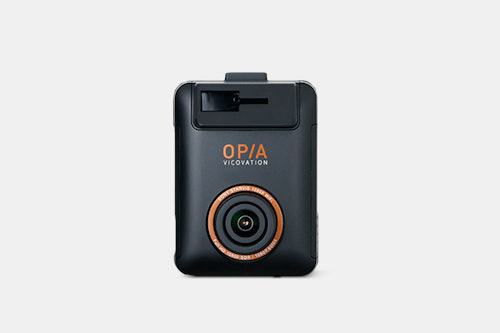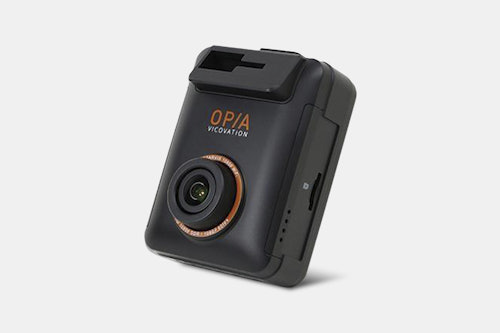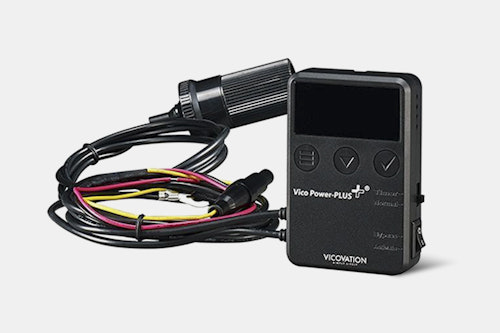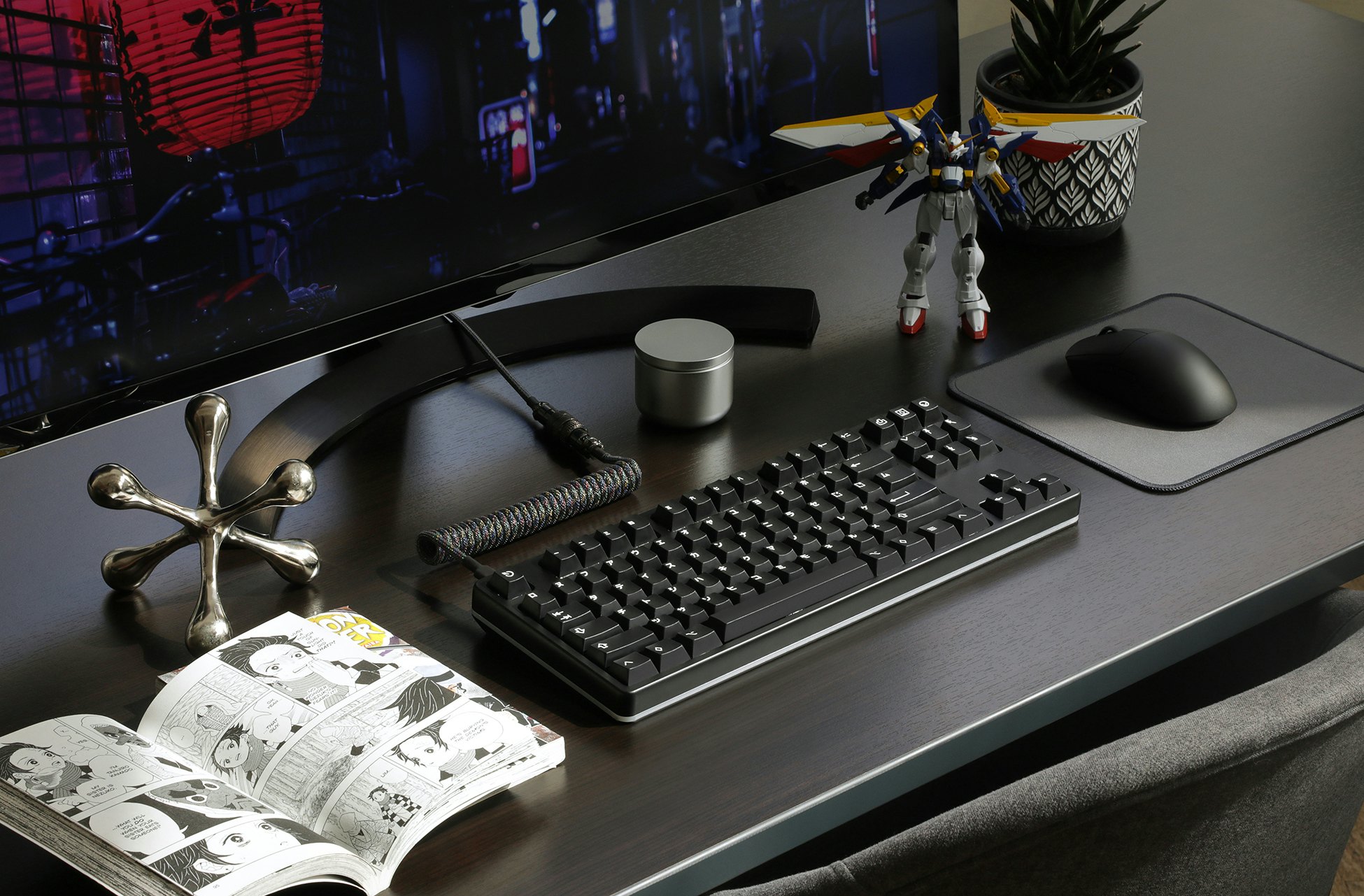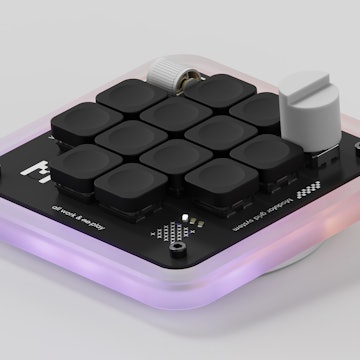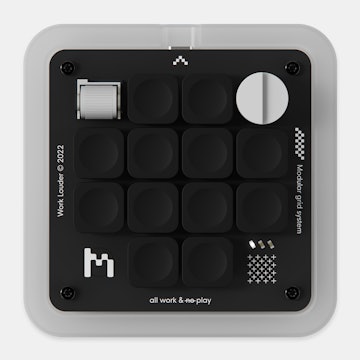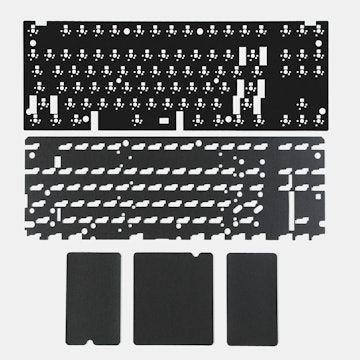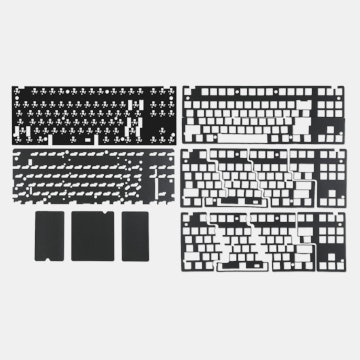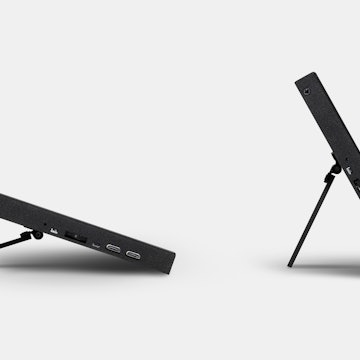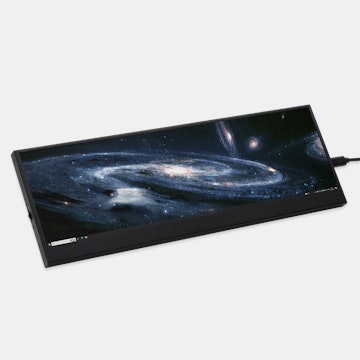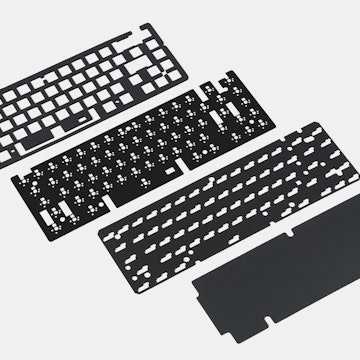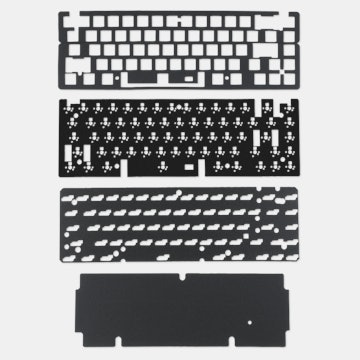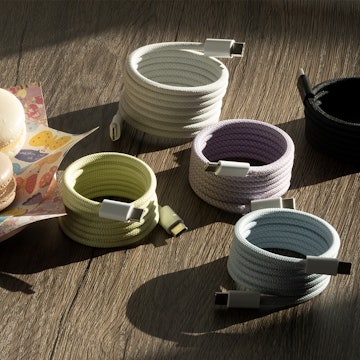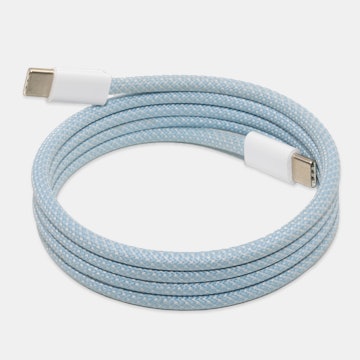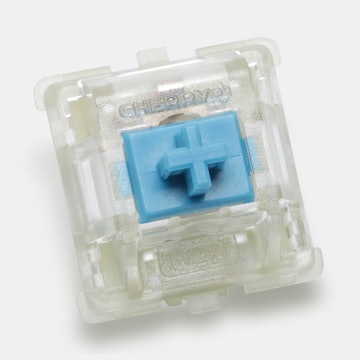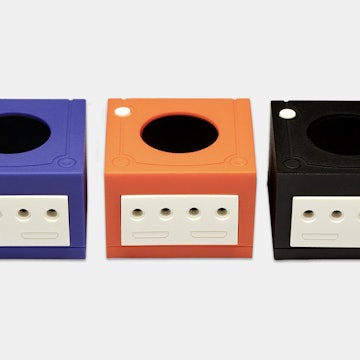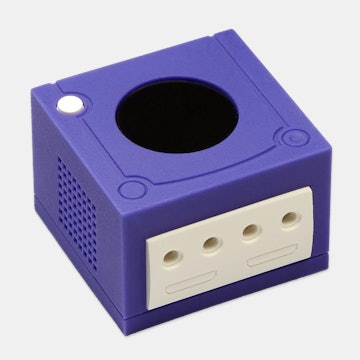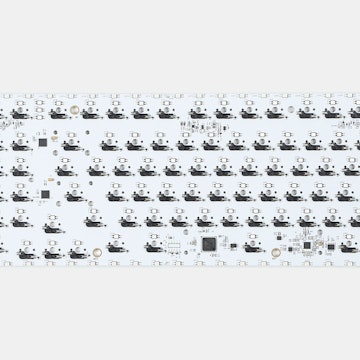VicoVation Opia1 Dash Camera
1080p Footage, Heat-Resistant Build
Offering excellent video quality and a slew of modes, the Opia1 from VicoVation is a solid bet for any driver. Thanks to the Sony STARVIS sensor and Novatek chipset, the dash cam provides full HD footage at 60 frames per second. The wide-angle lens captures up to a 145-degree angle to get everything in the scene. With this model, you can also play your footage back over the OPIAViewer app through your smartphone. Aside from video quality, the build quality is top notch as well. A supercapacitor allows the dash cam to record at temperatures up to nearly 160 degrees, and the adhesive mount is nice and strong to keep the device from rattling around. As far as modes, the Opia1 has parking mode, a built-in G-sensor, loop recording, and time lapse mode, too.
Note: At checkout, you can add a hardwiring kit for (+ $35).
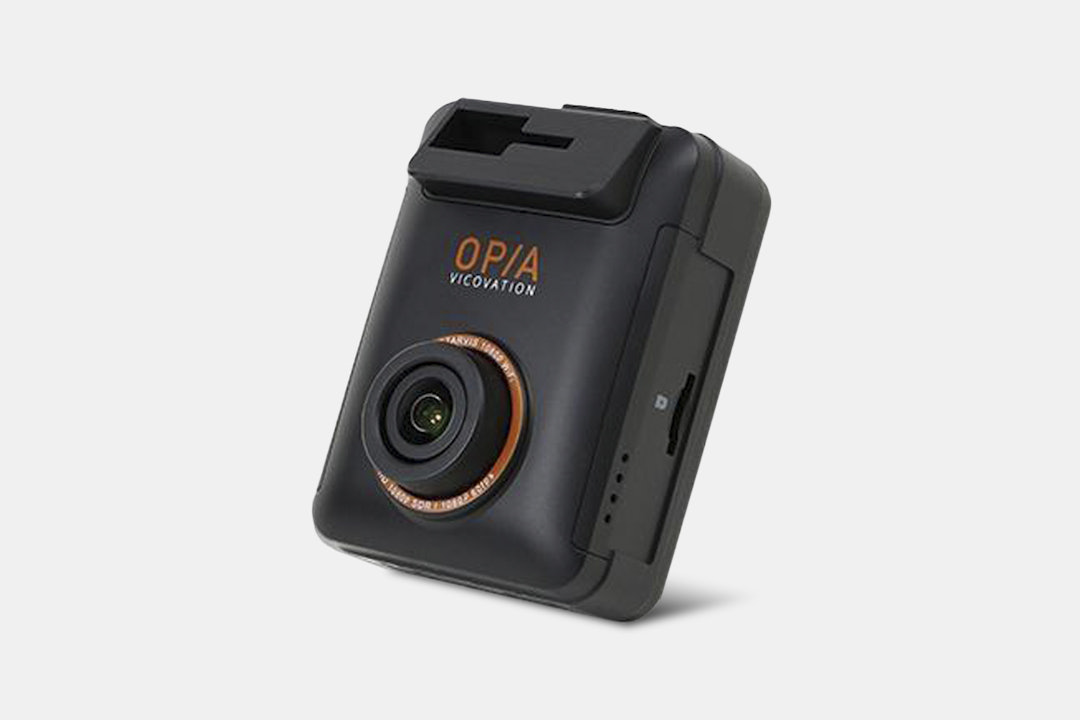
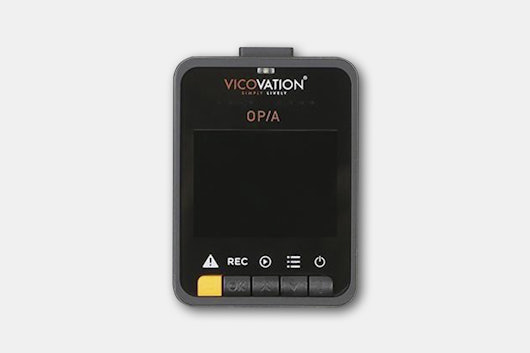
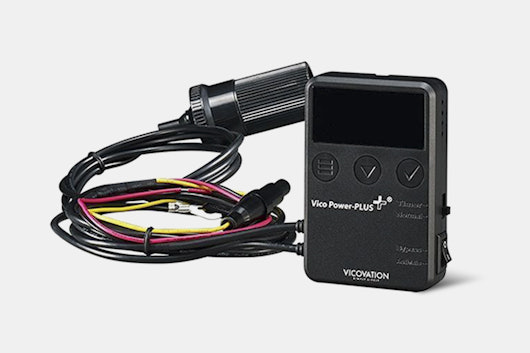
Specs
- Resolution: Full HD 1080p at 60fps
- Sony STARVIS sensor
- Parking mode (CCTV mode)
- G-sensor: Built-in
- Wide angle view: 145°
- Operating temperature: -10 ~ 70°C (14° ~ 158°F)
- Loop recording
- Maximum SD card: 128GB
- LCD
- 802.11n Wi-Fi
- Smart parking mode
- Time lapse mode
- 7G glass lens
- Microphone: Built-in
- Speaker: Built-in
- File format: .MP4
- Country of origin: Taiwan
Included
- Power cord
- 32GB memory card
Optional Hardwiring Kit
- Output current: 1A (max 2A)
- Standby current: <0.1 mA
- 12V cut off: 11.4 - 12.6 V (0.2V increments)
- 24V cut off: 23.2 - 24.6 V (0.2V increments)
- Low voltage protection
- Parking mode bypass
- Timer cutoff
- Temperature cutoff
- Country of origin: South Korea
Shipping
Estimated ship date is Feb 28, 2019 PT.
Payment will be collected at checkout. After this product run ends, orders will be submitted to the vendor up front, making all orders final.
